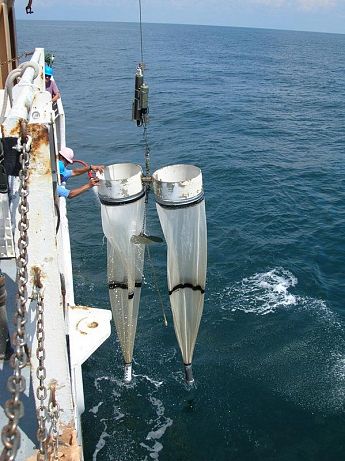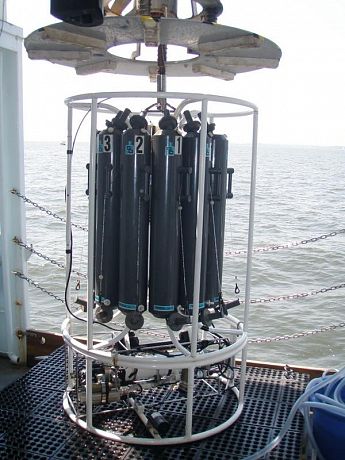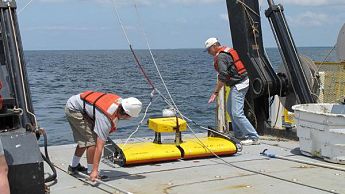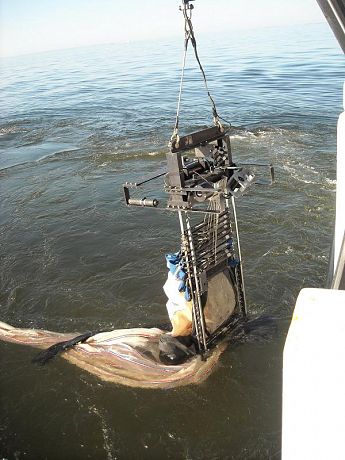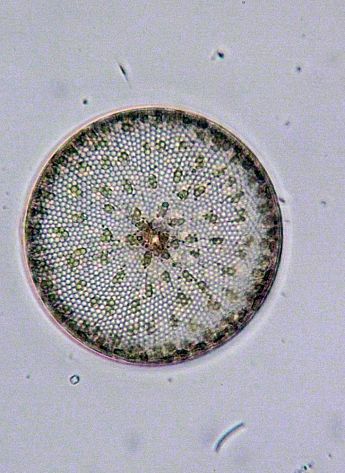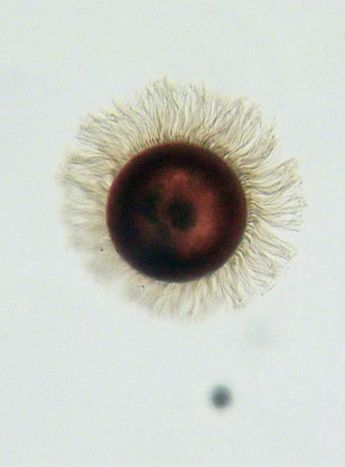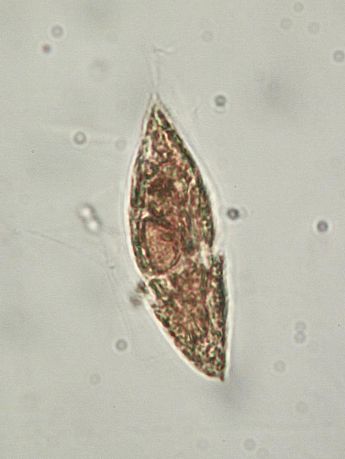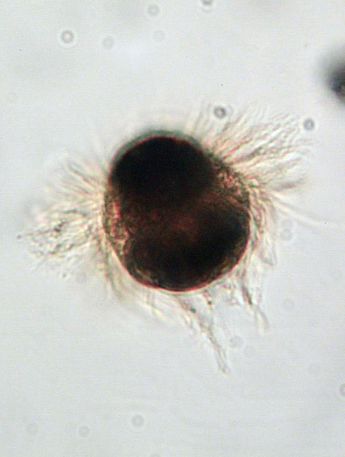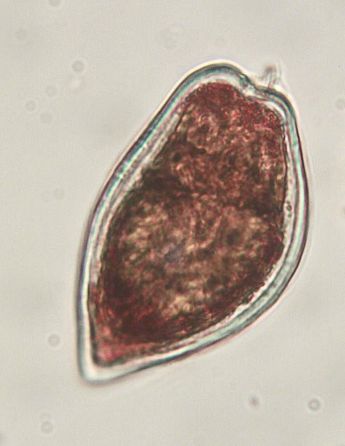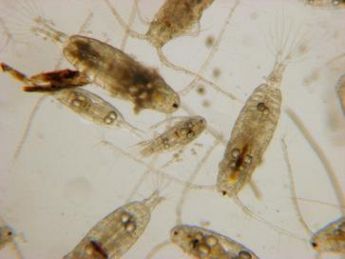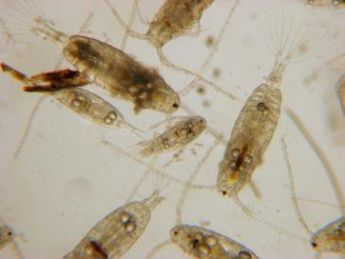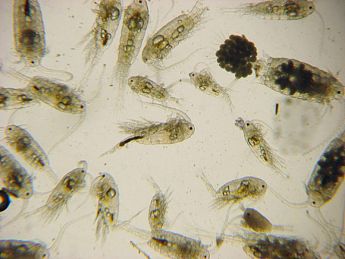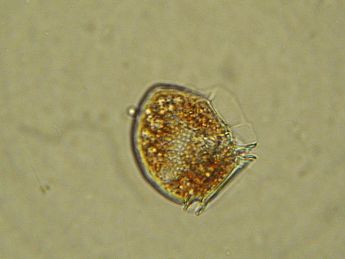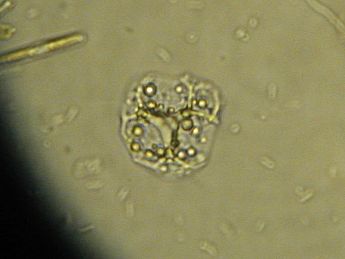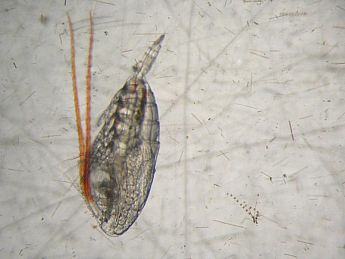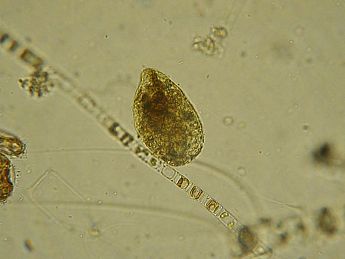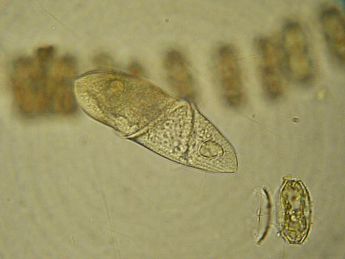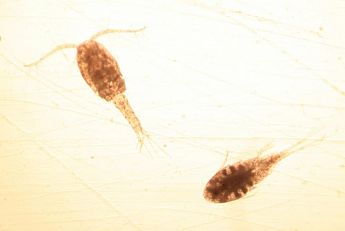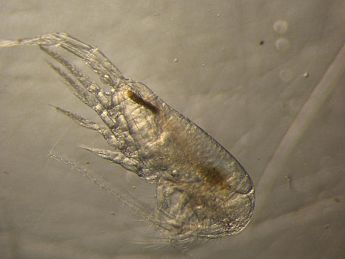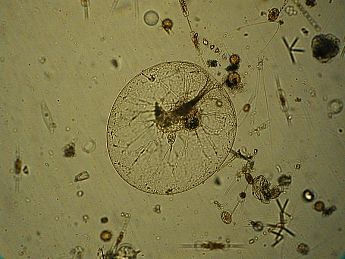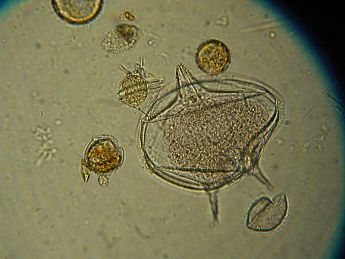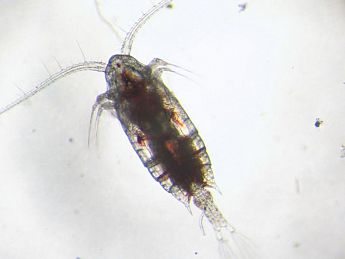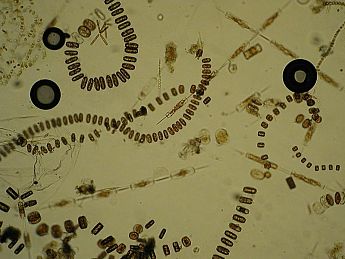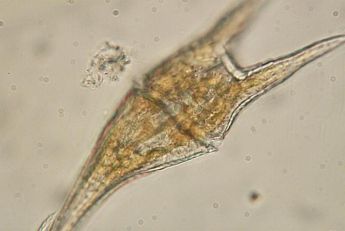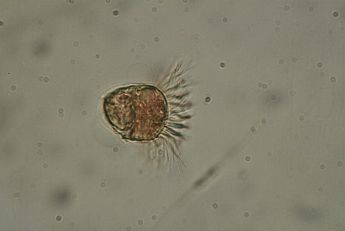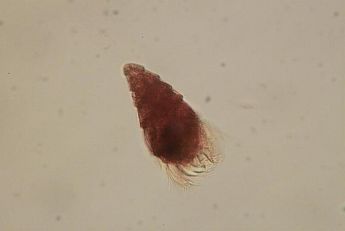How has our knowledge of plankton changed over time?
Our understanding of plankton, together with the methods we use to sample and examine them, have evolved over time. In the early 1800’s, scientists originally used simple collection nets and jars to study plankton. After discovering how immense the planktonic world was, scientists ventured to learn more, asking a range of questions, such as “where do different types of plankton live?,” “how to plankton populations change over time?,” and “what roles do they play in aquatic food webs?.” Such targeted research efforts prompted scientists to create new instruments that would enable them to quantify particular aspects of plankton in the ocean. Thus, from the original simple net sprang a range of new technologies that allowed us to develop a more detailed picture of the behavior, life history and habitat of plankton.
Currently, instruments include collection nets attached to overhead cranes, satellite instruments, multiple opening/closing nets (MOCNESS), bongo nets, conductivity-temperature-depth (CTD) sensors, Niskin bottles, Z-traps, tucker trawls, mid water trawls and many others. Another instrument, called the Continuous Plankton Recorder (CPR) developed in 1931 by Sir Alister Hardy, provides scientists with a measure of plankton communities on a larger scale. CPR samples allow scientists to estimate plankton biomass and, using microscopic analysis, identify phyto and zooplankton taxa.
How do plankton blooms affect an ecosystem?
Among the many research questions currently being asked by plankton researchers, one topic of interest is how algal blooms, which in many cases have grown larger and more frequent in recent decades, impact aquatic ecosystems. Algal blooms can become harmful when species of plankton is toxic or the amount of plankton produced is extreme. In the case of the latter, excess phytoplankton produced during a bloom sinks to the bottom, where they are decomposed by bacteria. The bacteria consume oxygen while decomposing the sunken algae, which can lead to low dissolved oxygen levels. The result is a dead zone, or an area of water that cannot support life. Dead zones can have major impacts on aquatic ecosystems and researchers are still examining how this phenomenon affects individual organisms as well as interactions among organisms, including zooplankton. Click here to learn more about one lab group’s research on life in the dead zone.
How are plankton classified?
Plankton are a unique group of organisms that span many phyla and can be classified in three different ways: by trophic group, lifestyle or size.
By Trophic Group:
One way plankton can be classified is according to how they obtain energy.
Zooplankton are animal-like plankton. They are consumers, obtaining their energy by feeding on phytoplankton and other zooplankton. Most zooplankton are eaten by larger zooplankton, fish and even whales.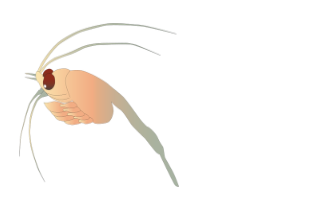
Phytoplankton are plant-like plankton. They are primary producers, using energy from the sun and carbon dioxide to produce their own food. Phytoplankton are the base of the aquatic food web.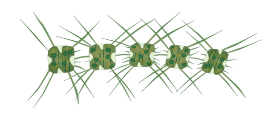
Bacterioplankton consist of bacteria and archaea. They are single celled producers and/or consumers and play an important role in recycling nutrients in the food web.
By Lifestyle:
Some organisms live as plankton their entire lives, while others are plankton during certain life stages. Meroplankton spend only a part of their life as plankton. Many phyto and zooplankton species begin their life as plankton and then transform into an adult form that settles to the bottom or develops a way to swim on its own. This group includes kelp, crabs, fish, clams, oysters, coral, squid and many others.


Example: Blue Crab
Holoplankton spend their entire lives as plankton. This group consists of phyto and zooplankton, including copepods, jellyfish, diatoms, and krill.


Example: Copepod
By size:
Plankton can also be classified according to their size. The table below shows different types of plankton, listed on the left, with blue bars indicating the size range of each.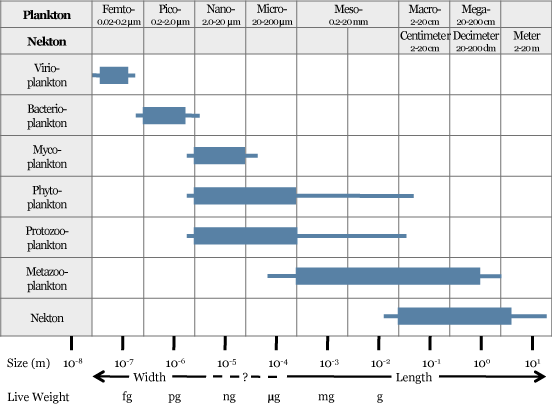
Image courtesy of James Pierson adapted from Sieburth et. al. 1978
John McN. Sieburth, Victor Smetacek, Jurgen Lenz. 1978. Pelagic Ecosystem Structure: Heterotrophic Compartments of the Plankton and Their Relationship to Plankton Size Fractions. Limnology and Oceanography, Vol. 23, No. 6. (Nov., 1978), pp. 1256-1263.

